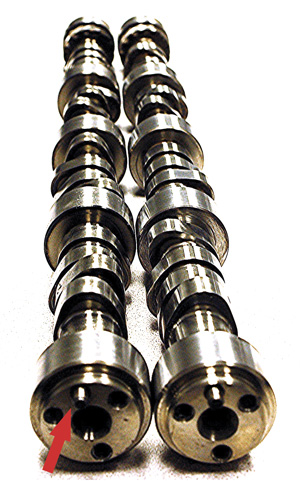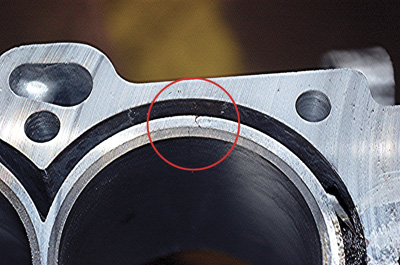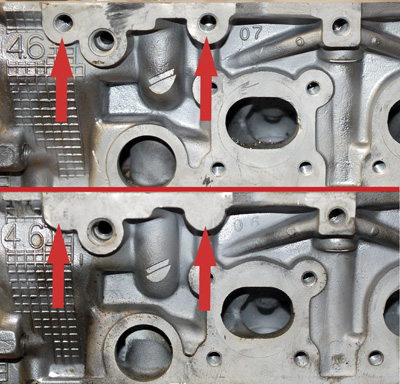I recently encountered an interesting situation that initially had me wondering if all hope for installation and general repair technicians was gone; and that perhaps some of the bum rap that they seem to get may be justified.
Instead, I got a healthy meal of "crow" wrapped in a tortilla of humility.
Imagine getting a call from a customer who has just received a meticulously remanufactured 454 Chevrolet engine but who claims it only runs on four cylinders.
And, while turning the distributor during his diagnosis process he says he noticed the other four cylinders would start running and the original four go dead. Now, since it is a big block I truly understood a phrase that my brother always used: "There is no substitute for cubic inches," because it did actually run on either of the four cylinder sets.
In your mind you’re thinking "Great, I’m dealing with another guy who is certainly not the sharpest tool in the work shed," but in the interest of customer service you entertain the bizarre possibility that there is something wrong with the engine and not the ignition system. Finally after what seemed like enough time to grow a beard on the phone with the customer you agree to take the engine back into your facility and provide the customer with another one, certainly expecting him to have the same problem as the original.
A few days and hundreds of tasks later your customer calls and says the new engine runs great. You wonder how that can be possible and realize that it is time to get the returned engine on the bench and pull out the CSI tools and find out what happened. Heads are perfect, cylinders good, pistons and rings fine, all the
bearings look great, the timing gear’s in time – there is absolutely nothing wrong!
You see the camshaft lying on the bench and know there’s nothing wrong there…or is there? You pull out another new camshaft and lay it next to the one you just removed and scratch your head, because the two are very different. First thought, this is simple. Somehow a reverse rotation marine camshaft was incorrectly packaged, right? Wrong! Finally you just walk away and right it off to a bizarre anomaly.
Then weeks later you read a short blurb about how the firing order on 8.1L big block engines is different than a normal big block. The 8.1L FO is 1-8-7-2-6-5-4-3 where a 454/7.4L is 1-8-4-3-6-5-7-2 as seen in Figure 1.
Despite the differences, however, an 8.1L camshaft will drop right into a 454 like it belongs there – but it will only run four cylinders.
So guess who had the elevator that didn’t get to the top floor? It wasn’t the guy that called up saying that his engine only ran on four cylinders, that’s for certain. If you’re in the engine business long enough you’ll have those days when you feel like one of those suckers that you used to get after a shot at the doctor’s office – I think they were called Dum-Dums.
PBT #1
Well, onto things that aren’t so amusing or entertaining, but certainly worth knowing about. I have a couple of tidbits on the Cadillac 4.6L DOHC engine. The first is one of those that you may never see unless you painstakingly look for it or it bites you on a warranty. However, it becomes obvious almost immediately if you need to resurface the block deck.
The problem is cracking of the aluminum block casting around the cast iron liner (Figure 2). Knowing that this possibility exists, I strongly suggest that you take the time to make a close examination of the deck prior to doing any machining at all – and before you then spend numerous hours installing cylinder head bolt repairs.
PBT#2
The second tip involves cylinder head c/n 3533989 and 12554607, which would be the left head (or front, in the transverse mount engine) that has an alternator bracket bolted onto it in some applications. This head will always have the bosses for this mounting bracket but both of them may or may not be drilled (see Figure 3).
If you want to avoid problems I recommend that you drill all of them, thereby eliminating the possibility of having a warranty problem upon installation and also reducing head proliferation.
Those are the PBT’s (Practical Builder Tip) for this month. I hope they help keep you out of the firestorm that sometimes surrounds us in the engine-building world – and help keep you from feeling so dumb.
















